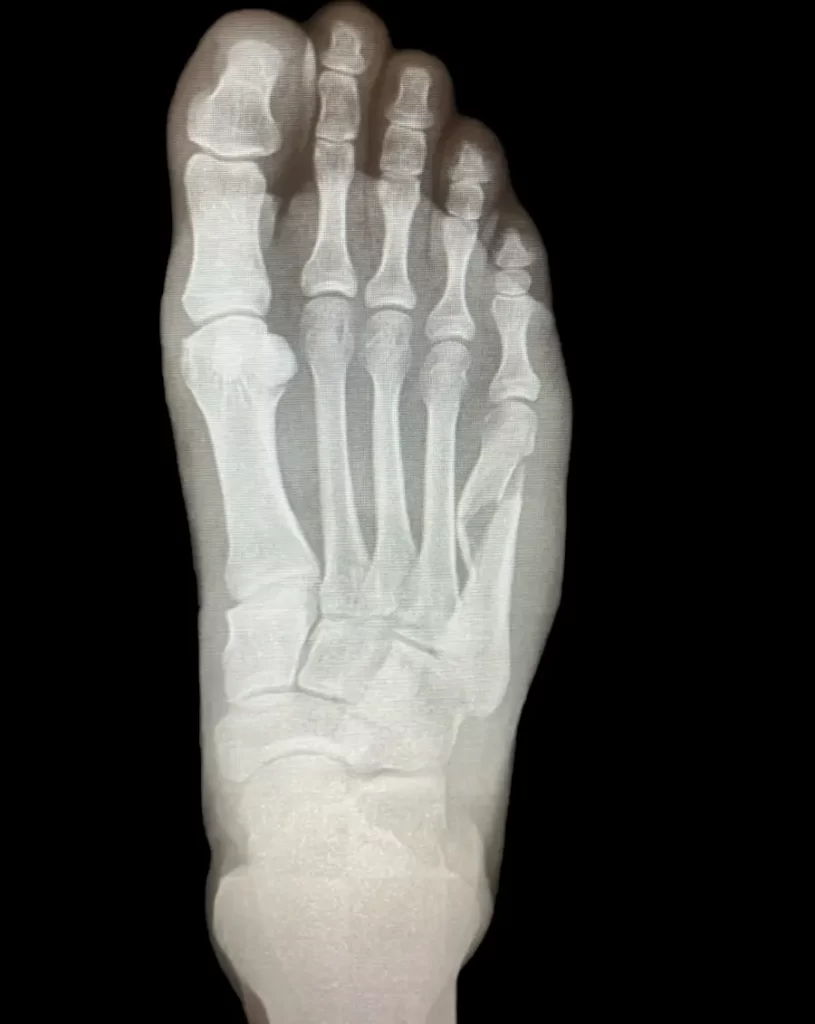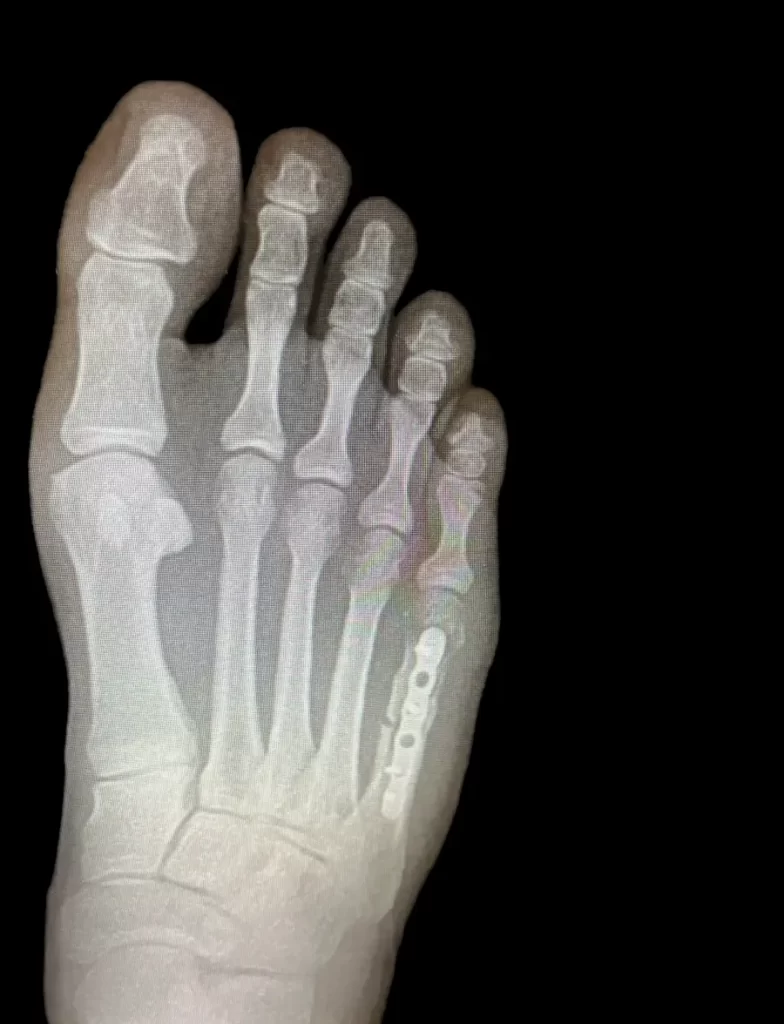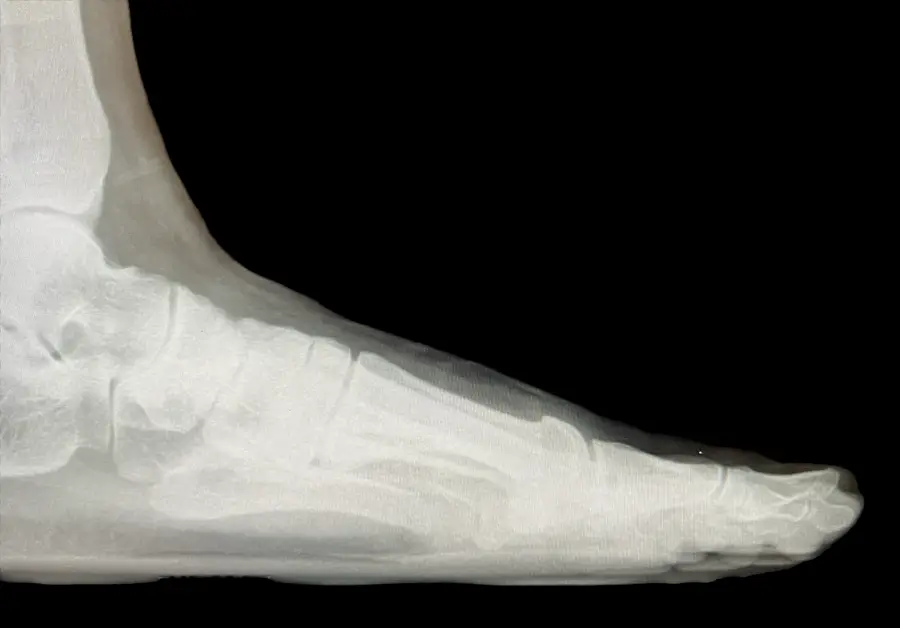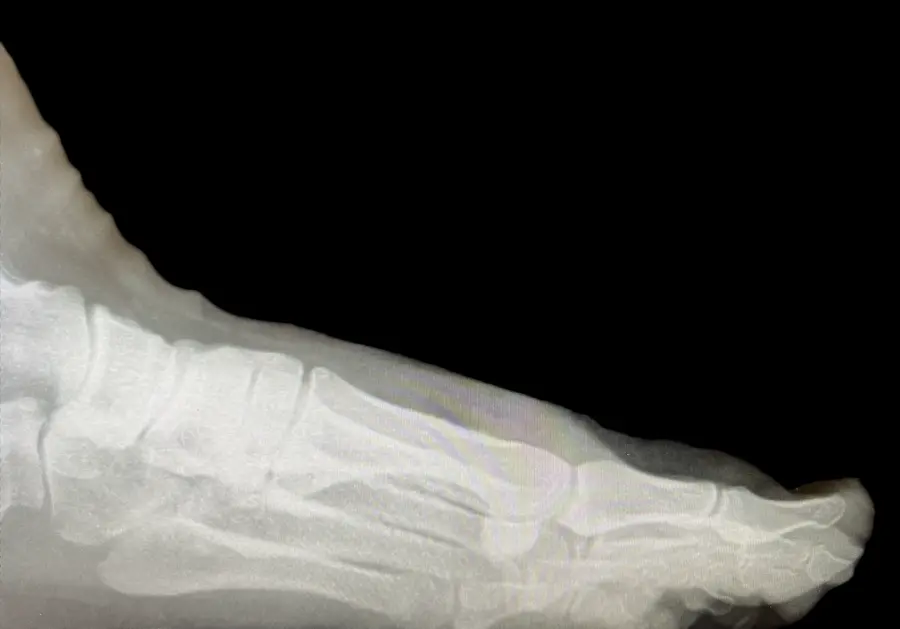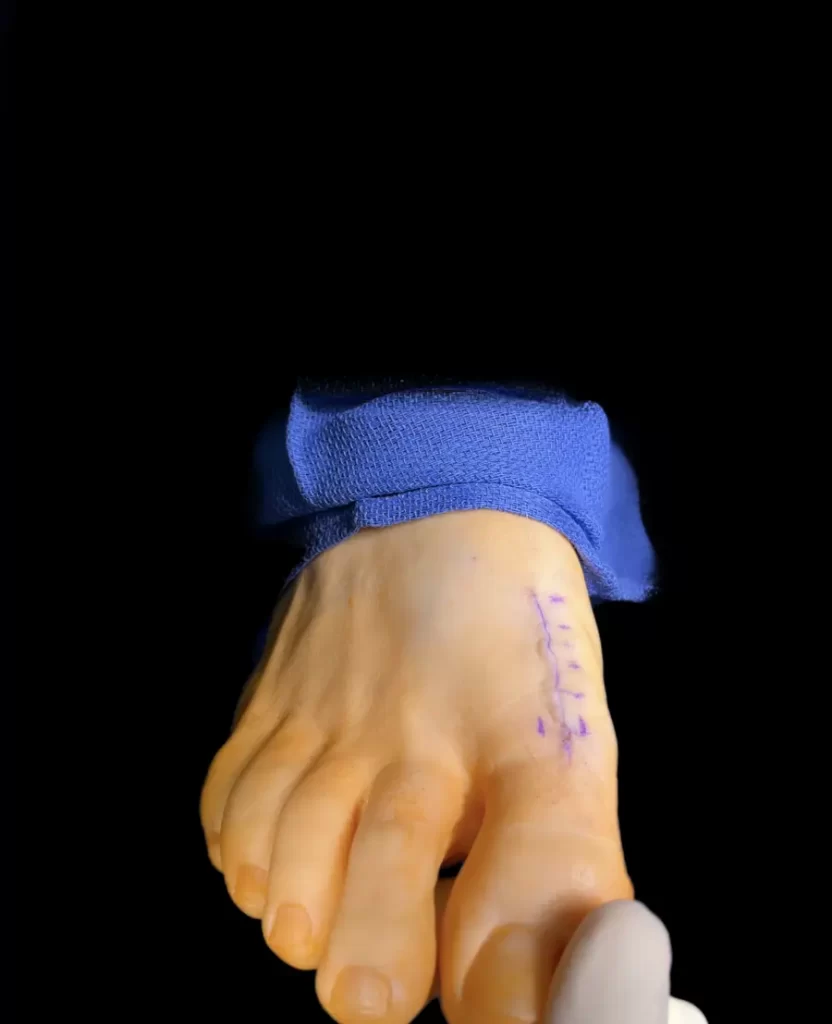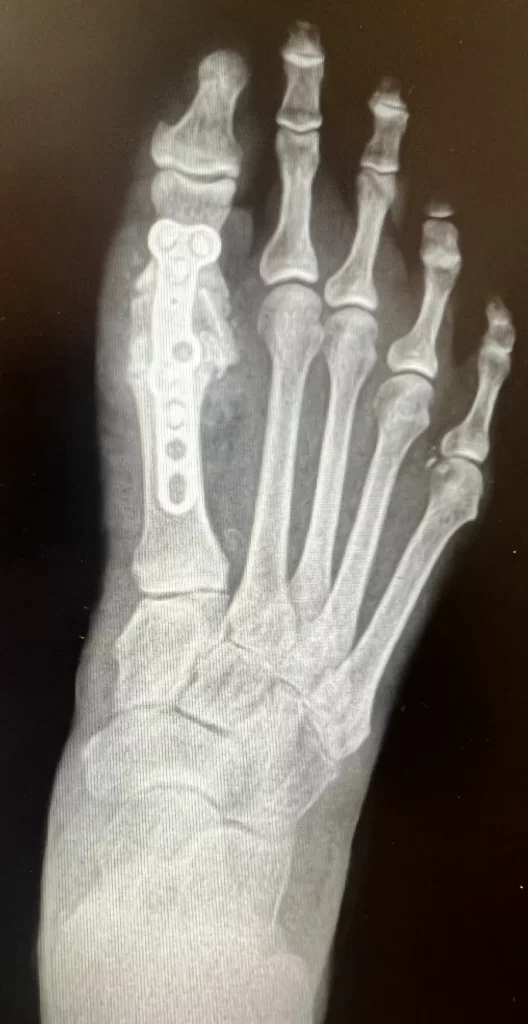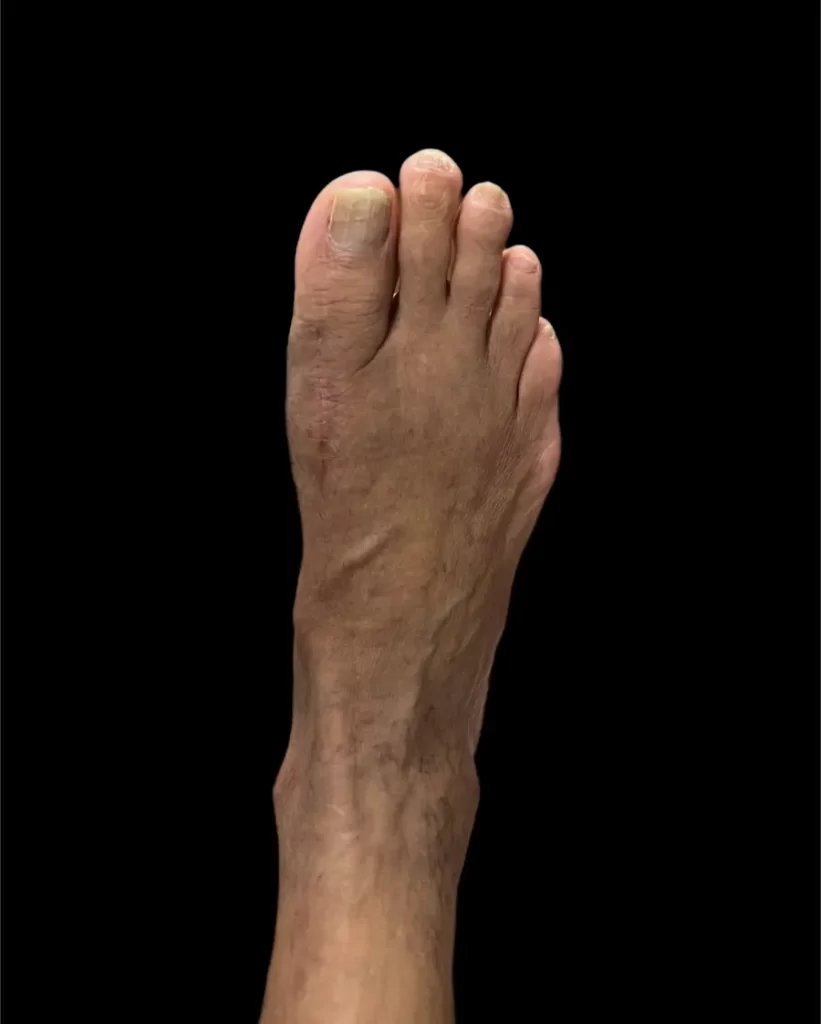
What are Surgical Interventions?
Surgical interventions in podiatry are specialized procedures aimed at treating various foot and ankle conditions that cannot be effectively managed through conservative treatments alone. These interventions range from relatively straightforward minor surgeries to complex operations requiring detailed preoperative planning and often specialized equipment.
What are some different types of Surgical Interventions?
- Corrective Surgeries
- Reconstructive Surgeries
- Hardware Removal Surgeries
- Decompression Surgeries
Surgical Intervention FAQ
For a proper diagnosis and recommended treatment plan,
we suggest you consult with a podiatrist for professional help and care.




